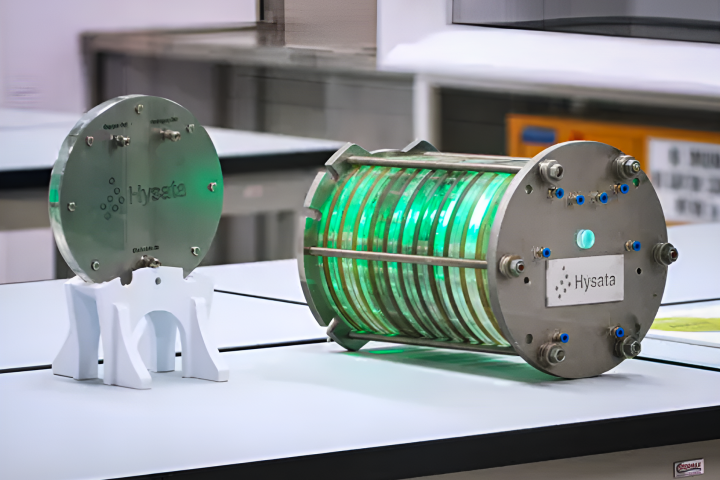A new genetics company called Colossal has grand plans to revive the woolly mammoth and reintroduce the species to the Arctic tundra. And it isn’t meant to be just a tourist-trap Jurassic Park either – the aim is to restore a long-lost ecosystem which could, according to the company, help fight climate change.
The discussion around “de-extinction” – or using genetic engineering to bring extinct species back from the dead – has shifted from science fiction to technically possible in recent years. Despite what the movies might say, dinosaurs are off the table due to a lack of surviving DNA, but more recently extinct animals, from which we still have tissue samples, could be viable.
The woolly mammoth is a prime candidate. Well-preserved carcasses are regularly pulled out of the permafrost, and they still have living close relatives that could act as surrogates to carry the clones to term.
Now, the world may be a step closer to that possibility. Tech entrepreneur Ben Lamm and geneticist George Church have founded a new company called Colossal with the specific aim of developing a method to revive the mammoth using CRISPR gene-editing technology. The company has launched with US$15 million in seed funding, which will be used to sponsor research in Church’s lab at Harvard Medical School.

The creature they create wouldn’t be a “pure” mammoth – instead, the scientists will set out to engineer an elephant-mammoth hybrid. An Asian elephant would be used as the base genome, since it and the mammoth share 99.6 percent of their genes. The remaining 0.4 percent would be edited using CRISPR to bestow mammoth traits on the animal, to help it tolerate a cold climate. Those traits include two layers of thick fur for insulation, larger fat reserves, smaller ears to prevent heat loss, and of course huge curved tusks for foraging.
The hybrid embryo would then be implanted and carried to term in an African elephant, because their larger size means the mother would have an easier time delivering. Plus the team didn’t want to add any extra pressure on the endangered Asian elephant population.
It’s not just the animal that the team is hoping to restore – it’s the environment they lived in. The mammoth steppe was an ice age biome characterized by grassy plains and populated by a diverse range of animals, including mammoths (of course), bison, horses, reindeer and musk ox. The mammoths acted basically like living bulldozers, clearing the land for fast-growing grasses to thrive, and the biome was so successful it spanned much of the planet’s north, from France to Canada.
But once mammoths died out about 4,000 years ago, the mammoth steppe followed. According to the team, restoring this ecosystem with thriving grasslands and better snow coverage would help fight climate change by slowing the melting of the permafrost, locking huge amounts of greenhouse gases inside.
This goal is shared by Pleistocene Park, an organization in Siberia that’s already well on the way to recreating the mammoth steppe, minus the mammoth. The park is home to many of the important species of the time, as well as modern-day analogs that fill the same ecological niche. That includes bison, Yakutian horses, reindeer, musk oxen, yaks, sheep, moose, bears, and wisents.

At one stage, Pleistocene Park directors Sergey and Nikita Zimov had agreed to house any mammoths that Church’s team might someday revive. But there’s currently no mention of the organization on Colossal’s website, nor any indication really of where the mammoths might live once they’ve been conjured back into existence. And that could pose a problem.
A few years ago, researchers at the University of California, Santa Barbara (UCSB) published a paper analyzing the benefits, risks and responsibilities of reviving extinct animals. The team cautioned against creating “eco-zombies,” species that no longer have any ecological function in the modern world. After all, nature has adapted to the lack of mammoths after their four-millennia absence, and of course you’d need a decent population and a large swathe of land to make any difference.
But even if these lofty goals aren’t reached, reviving a woolly mammoth would be a major milestone for science. Besides the undeniable cool-factor of seeing one in the furry flesh, Church’s work could advance the science of genetics, and potentially be used to help save species currently on track to follow in the mammoth’s meaty footsteps.
“Technologies discovered in pursuit of this grand vision – a living, walking proxy of a woolly mammoth – could create very significant opportunities in conservation and beyond, not least of which include inspiring public interest in STEM, prompting timely discussions in bioethics, and raising awareness of the vital importance of biodiversity,” says Church.
Source: Colossal






